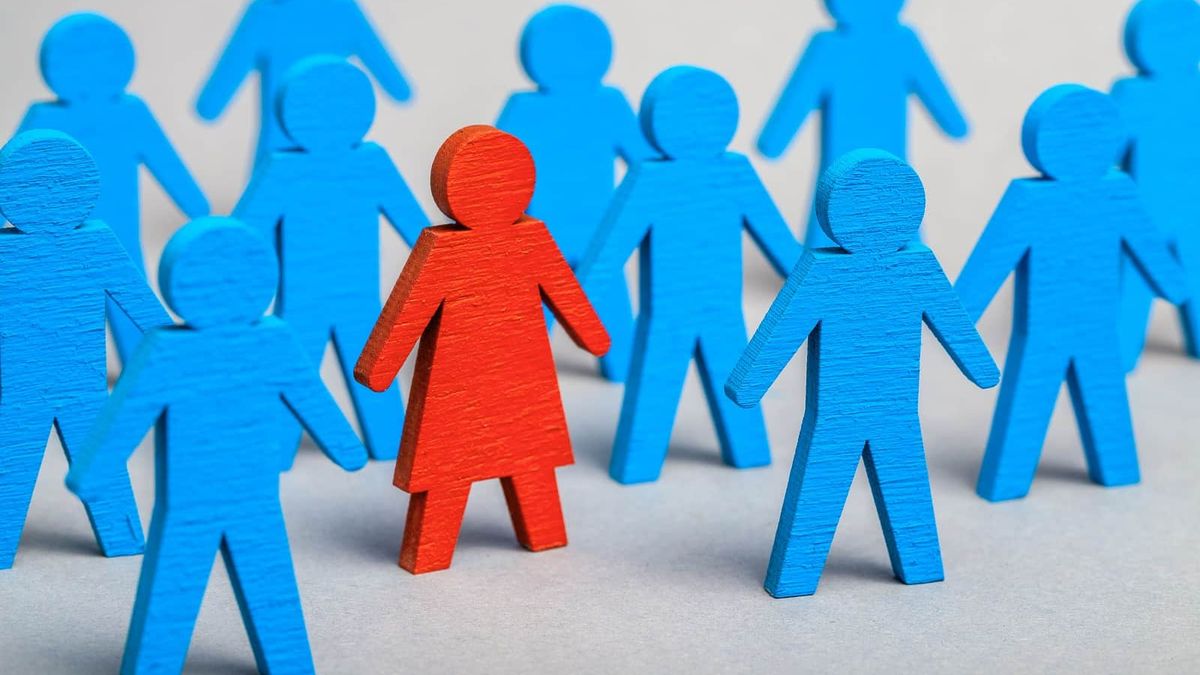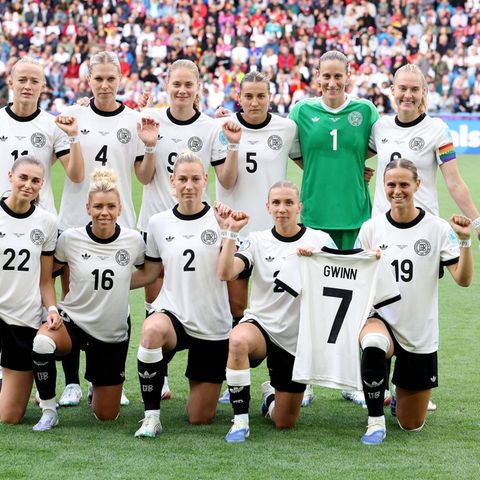The International Labor Organization (ILO) has warned that stereotypes associated with standards of beauty and physical attributes represent a real problem in the workplace.
He Physical appearance has historically been a factor of discrimination in the workplacedisproportionately affecting women and LGBTIQ+ people. In the middle of summer, when magazine covers, social networks and the media are saturated with images of hegemonic bodies, it is inevitable to reflect on how, despite some social advances, stereotypes related to corporalities They continue to limit job opportunities and perpetuate inequalities.
The content you want to access is exclusive to subscribers.
Although stereotypes evolve over time—as has happened with the perception of visible tattoos, which until recently were considered inappropriate in many work environments—physical appearance remains a important barrier to access work. This impact is particularly severe for those who face other forms of inequality, such as age, place of residence or socioeconomic background. Therefore, it is It is essential that organizations take an active role in creating inclusive work spaces, where people can fully develop.


The International Labor Organization (ILO) has warned that the stereotypes associated with beauty standards and physical attributes They represent a real problem in the workplace. These representations, perpetuated by the media and rooted in culture, especially affect women, restricting their full participation in various spaces, including work. In the long term, these dynamics reinforce inequalities structural structures that hinder the social and economic development of this group.
According to a survey we carried out in 2024 together with Mundo Sur, within the framework of our campaign on workplace violence, symbolic violence It is the third most identified in organizations (80%), with a greater presence in non-cis gender people (84%) and women (83%), rather than in men (72%).
To address these problems, from Grow – Gender and Work We propose concrete measures that promote inclusion in the workplace. These include the implementation of blind recruitment processes, training to identify and mitigate unconscious biases, standardization of interviews and diversification of selection teams. Likewise, it is suggested to adopt clothing and uniform policies that do not discriminate based on physical aspects. These actions not only contribute to equity, but also strengthen the reputation of organizations and position them as leaders in social responsibility.
Closing the door on stereotypes and opening it to talent in all its forms is not only a question of ethics, but also of strategy. Building more inclusive work environments is a shared responsibility that benefits people, companies and society as a whole.
Source: Ambito
David William is a talented author who has made a name for himself in the world of writing. He is a professional author who writes on a wide range of topics, from general interest to opinion news. David is currently working as a writer at 24 hours worlds where he brings his unique perspective and in-depth research to his articles, making them both informative and engaging.




